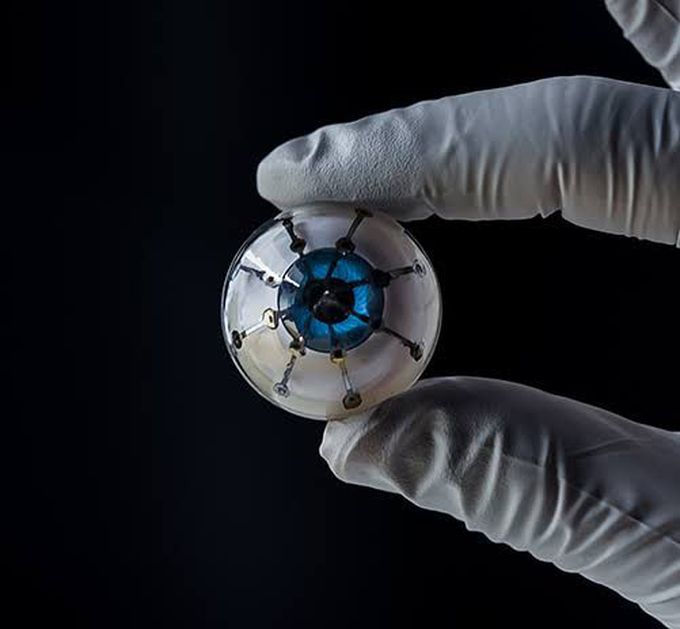


See Into the Future: Breakthrough in Eye Prosthesis
With advancements in both medicine and prosthetics, we had been able to restore anatomical functions due to congenital disabilities and injuries but that was the extent of it. We still could not restore physiological functions and had to look towards transplants, which carry their own risks and problems. However, this recent paper by Gu et al. reveals that they have achieved a breakthrough in eye prosthetics and have been able to duplicate the photoreceptor cells of the retina using an array of nanometer-scale light receptors. Currently, all eye prosthetics are just used for restoring appearance but with this discovery, what has eluded us for so long may be a possibility, i-e restoring vision by using light receptors and liquid metal wires which act as nerves. Though they have been able to replicate the results comparable to that of the retina in a lab setting, there still might be some time until it is available to the public. This is not only because of the high cost of manufacturing but also since the current array has only been produced in a small size. References:- 1.https://www.nature.com/articles/d41586-020-01420-7 2.Photo credit: Sung Hyun Park and Ruitao Su, the McAlpine Research Group

